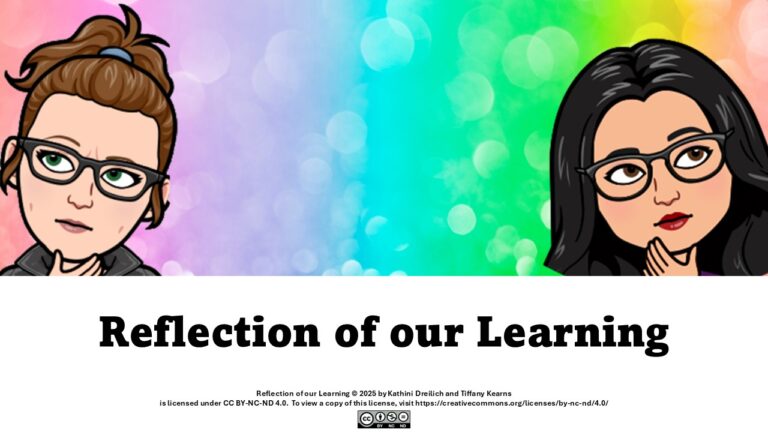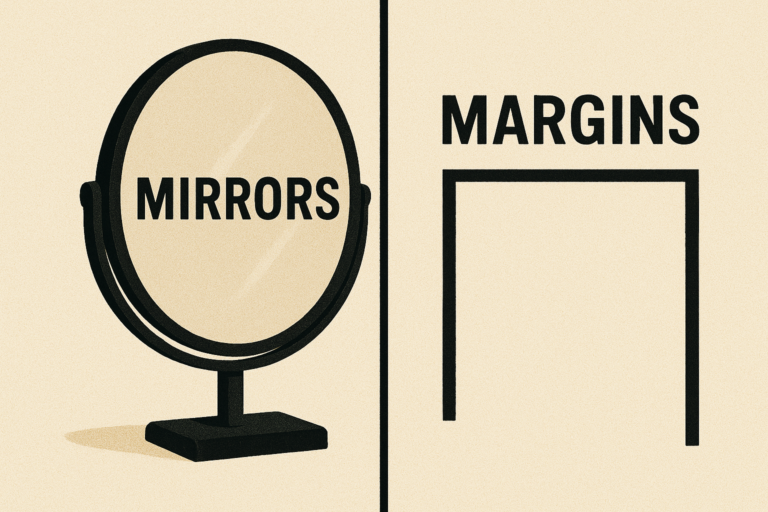Robust or Bust
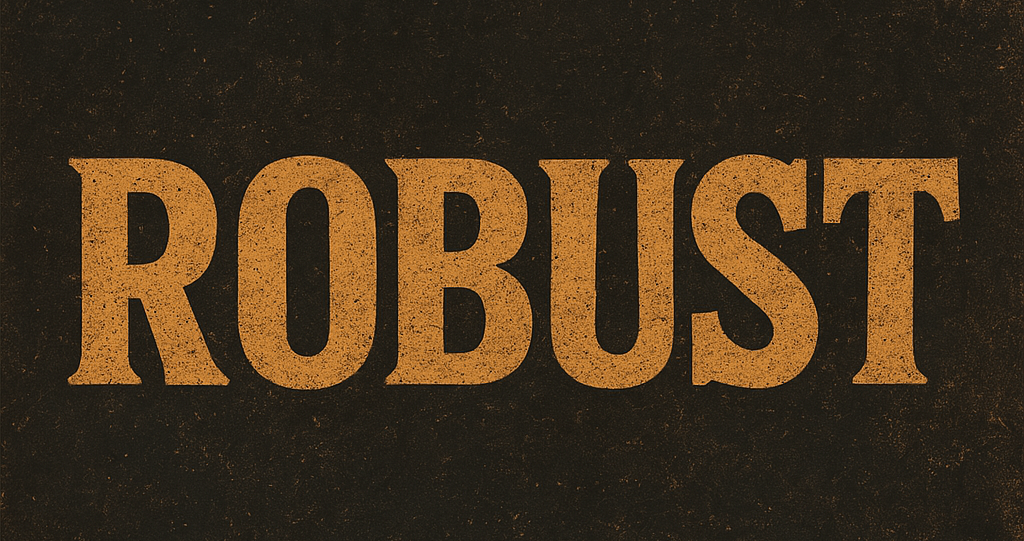
Feature image: A visual take on the word “robust” created by Microsoft Copilot
Kati explores the meaning of the word “robust”
In the earlier stages of planning our project, Tiffany and I came across this quote in an article by Iniesto and Bossu (2023) that resonated with us: “If a design team intends to create digital technology that surpasses concern for access and use, then robust design methods are needed to build new questions and possibilities as equity-oriented outcomes” (p. 704). So of course, Tiffany and I wanted our content to be robust. But how do we do that?
We also came across the word “robust” in The Web Content Accessibility Guidelines (WCAG) acronym P.O.U.R. where the ‘r’ stands for ‘robust’. But everything I could find about the ‘r’ in P.O.U.R. simply said that content needs to be ‘robust enough’. This made me realize that maybe I didn’t really know what ‘robust’ actually means!
Whenever new vocabulary comes up in my reading comprehension groups, I have students rank the word on a 4-point scale:
- I don’t know this word
- I have heard the word before, but I don’t know what it means
- I know what this word means
- I know what this word means, and I can explain it
Before starting this project, I would have to rank the word robust as a 2 because I had come across it and didn’t really know what it meant. Now, however, after working on this project, I can rank robust as a 4 because I know what this word means, and I can explain it. Maybe I can’t quite explain it in terms of a dictionary definition, or in the same way that is intended by the WCAG. But I can explain what robust means to me, through the experiences that Tiffany and I had when working on our digital content and creating our website.
Robust is a human characteristic
One of the first things that I did when writing this post was puzzle over what images to include. So, I turned to Microsoft Copilot and asked it to make me an image that represents the word robust. It gave me a picture of a tree.

I adjusted my prompt a few times, but still, it was just a picture of a tree. About a week later, I asked Copilot this again, clarifying that I would like an image that represents the meaning of the word robust. Here’s what it gave me:
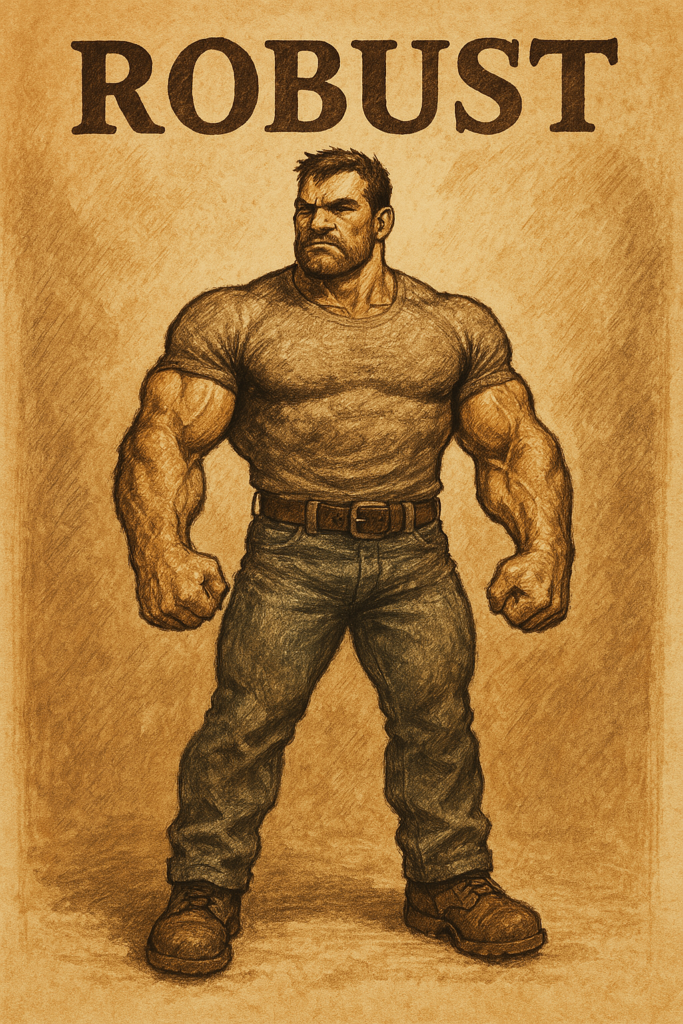
I have to admit, that guy looks pretty robust, but that wasn’t what I was looking for. I tweaked my prompt and requested an image about robust technology. Here’s what it told me while I waited: “Your image depicting the power and resilience of robust technology is coming right up. Think cutting-edge machinery, fortified systems, and a strong digital heartbeat pulsing with innovation.”
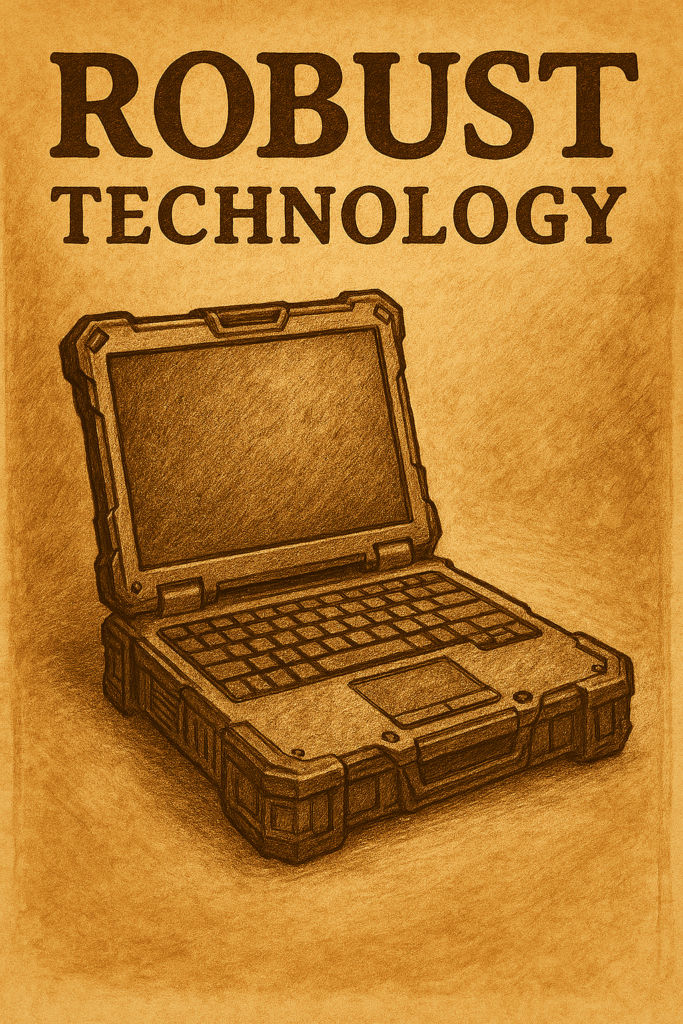
Hmmm… does this image really depict the power and resilience of robust technology? Does it portray cutting-edge machinery, fortified systems, and a strong digital heartbeat pulsing with innovation? Or is it just a laptop in a suitcase with the words “Robust Technology” at the top? But perhaps, more importantly, why does this picture and the previous one look like wanted posters from the wild, wild west?
I finally just asked Copilot to simply make a picture of the word ‘robust,’ which is the picture I used as the feature image of this post. Copilot described that image as “a visual take on the word “robust”—strong, bold, and built to last. Let’s see how that energy translates into an image!” Apparently that energy translates to wide, brown letters on a black background, but since that’s the best it could do, I’ll take it.
Sometimes it is helpful to understand a new word in terms of learning its’ opposite. I already knew that robust technology has nothing to do with trees, muscular men or laptops in suitcases. This experience with Microsoft Copilot showed me that perhaps ‘robust’ is something too human for AI to comprehend. Similarly, when I tried to make my punctuation videos robust by adding auto captions, I had to go in and add the punctuation myself! Perhaps robust is a concept that can’t be attained by cutting corners and doing things the quick and easy way.
Robust requires effort and time
When you take a look at the content in our interactive books, you will notice that we made our videos brief and our interactive activities simple. The effort behind these, however, was neither brief nor simple. Each two to three minute video took several days to complete, from creating the slides, adding the animation, recording the voice over and exporting the video. After that, we auto-generated the captions, edited the captions, uploaded the video and caption files into YouTube and finally added the link into the interactive book. The process got quicker as we went along, but there were definitely instances where we spent hours working on a 12 second slide.
Robust involves considering all users
I found the first three principles of the P.O.U.R. acronym easy to understand. To ensure content is perceivable, I must present it in a way that all users can experience, regardless of ability. Operable refers to controls and navigation components. Content is understandable when all information and operation is clear and easy to comprehend by all users. Tiffany and I needed to constantly think about the potential users of our designs and anticipate how they would experience our videos and activities. We specifically chose H5P’s interactive book module to house our media because we didn’t want our students to find it challenging to navigate through the lessons. We also focused on minimizing distractions in our design, which is why the teacher content is tucked away in ‘accordions’ at the top and bottom of the page. We added captions to our videos and sound buttons to all of the text in the interactive activities. Ideally, all students who access our content will find it perceivable, operable, understandable and hopefully robust as well.
Robust requires co-designing and revising
Tiffany and I each wrote a reflection on our individual experiences with having students take the role of co-designers and offer their feedback on our videos. We each took this feedback, shared it with one another, and used it to improve our designs. This involved both going back to revise earlier work and planning ahead for videos we had not yet created. I believe this virtuous tornado process of revisions involving co-designers contributed to the robustness of our multimedia lessons.
My definition of robust
Sometimes it’s hard to define a word, even when you know what it means. Many of my students use the exact word in its definition. For example, when defining the word ‘suspicious’, my group of 4 students all said, “It’s when someone is acting suspicious.” So, I could follow this path and say that robust means to ensure that content is robust.
But I can also say that robust is putting in the time and energy it takes to make content inclusive. Robust means considering all users’ abilities and constantly asking, “Who is being left out?” Finally, robust means continually making improvements to designs to make them as accessible as possible. Perhaps robust is a feeling or a quality that only humans can actually achieve. Tiffany always says that in order to make something easier for our students, it ends up being much more difficult for us. I would say that pretty much sums up our experience with creating our multimedia content, which I feel is rather robust!
Iniesto, F., & Bossu, C. (2023). Equity, diversity, and inclusion in open education: A systematic literature review. Distance Education, 44(4), 694–711. https://doi.org/10.1080/01587919.2023.2267472
Robust or Bust © 2025 by Kathini Dreilich is licensed under CC BY-NC-ND 4.0
